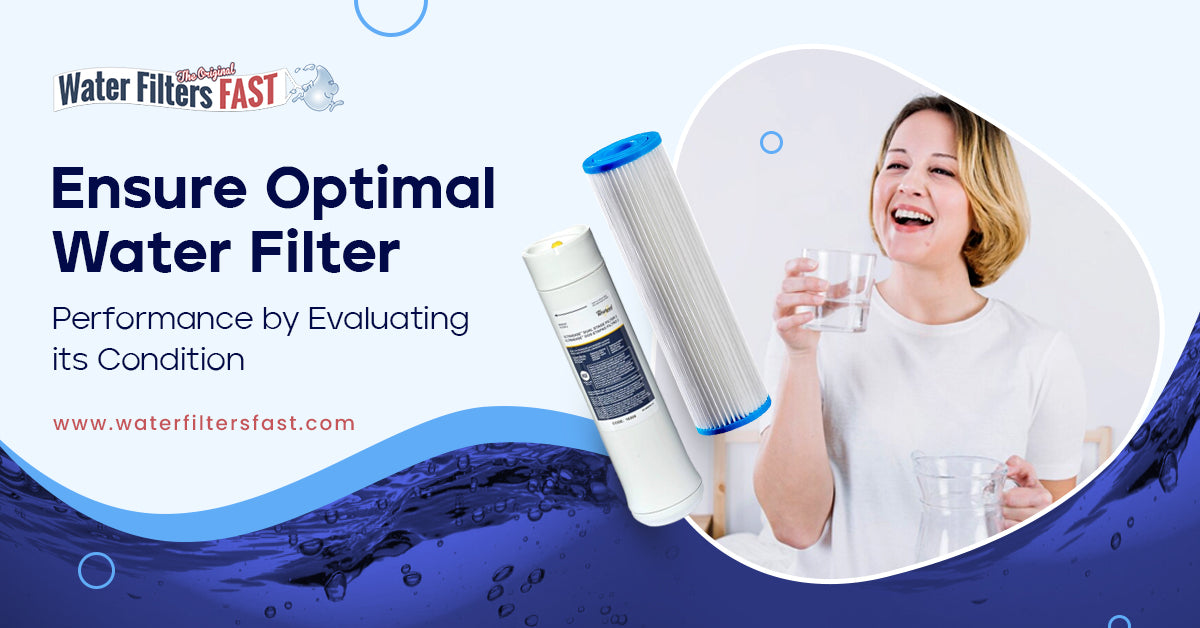
Jan 31 , 2024
A Complete Guide on How to Check the Condition of Filters of a Water Purifier
Clean, fresh, and pure water is a basic necessity for a healthier lifestyle. In order to meet health needs, installing water purifiers has become important.
Water purifiers are devices designed to safeguard health by removing impurities and contaminants from drinking water. However, these water filter systems require frequent quality checks and regular maintenance to function optimally.
An Insight Into a Standard Water Filter
Every water purifier contains a couple of water filters - sediment and carbon filters. These are the fundamental parts of a water purifier system responsible for removing undesirable substances from water and making it safe for consumption.
Sediment Filters - A sediment filter is responsible for removing dirt and dust from water, serving a crucial function in protecting RO membranes against contaminants. Hence, avoiding filter replacement allows dirt from untreated water to reach the membrane, resulting in water contamination and potentially harmful diseases.
Carbon Filters - Water supply authorities use chlorine to purify water before supplying it to households. Unfortunately, this adds an unpleasant odor to water, making it unsuitable for consumption. A carbon filter is responsible for eliminating that foul smell by removing chlorine and other harmful contaminants. Hence, it is essential to replace the carbon filter at least once a year.
Are you wondering how to assess and maintain these filters in your water purifier? Keep reading to get a better understanding.
How to Check the Condition of Water Filters?
Here are a few tips following which you can keep the drinking water under check. Let’s have a look.
Understand your water purifier system: It's crucial to learn about the system model you have in detail to understand the condition of a filter in a water purifier. Remember, different purifiers employ different filtration technologies. Some common ones are activated carbon, reverse osmosis, UV purification, etc. You should go through the user's manual and comprehend its filtration mechanism.
Get regular inspection: Water filters should be checked at least once in a month to maintain their efficiency in generating pure water. This helps you notice the deterioration of water quality in advance and take the right steps immediately. The best way to check the filter condition is through visual inspection. Unplug the water purifier and examine each filter for visible signs of sediment, discoloration, or any foreign particles. Sediment-laden filters hinder water flow and compromise the purifier's effectiveness. If there are any such abnormalities, you should immediately clean or replace them with a better one.
Perform water flow test: If you are using a water purifier for a long time, over time you may witness a decrease in water flow. This is a common indicator of filter clogging. The best way to determine this is - fill a container with the running water and measure the time it takes. Compare this to the expected flow rate mentioned in your manual. If you find any changes, it’s time to replace the filters.
Follow manufacturer guidelines: It’s good to follow the manufacturer’s guidelines for filter maintenance and replacement. After all, different filters have different lifespans. Learning about them in advance makes the replacement process easier.
Conclusion
A water purifier works effectively, provided the filters are maintained properly and replaced over time. Does your water purifier system require immediate replacement? In that case, you can explore our collections at Water Filters Fast. We have various types of water filters designed for different models. Check them out and place your order online.


